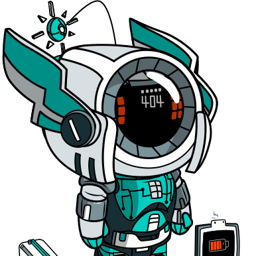Experiment with Google Pixels: New York City’s Metropolitan Transportation Authority (MTA) collaborated with Google to use Google Pixel smartphones for track inspections on the subway system. How It Worked: Six Pixel phones were mounted on subway cars, using their sensors and external microphones to detect track defects by recording audio, vibration, and location data. AI Technology: The collected data was used to train AI models to predict track issues. The system, known as TrackInspect, identified 92% of defects later confirmed by human inspectors. Human Involvement: Despite the technology, human inspectors are still essential for maintenance and verification. Robert Sarno, an assistant chief track officer, played a significant role in labeling the data collected by the phones. Future Plans: The MTA and Google plan to expand the experiment to a full pilot project, with the aim of creating a modernized system to automatically identify and organize track repairs.
The goal is to catch defects early to minimize service disruptions for the 3.7 million daily subway riders in New York City.



Location services work inside the stations, and then from that known point the accelerometers, compass, cameras, mics, and other sensors will get you plenty close enough precision between stations
Ah I see how that could work. The stations have wifi or mobile network, then Google Location Services uses that to pinpoint to the station. You will at the very least know the location of the defect to between two specific stations. Then you can use the other sensors to narrow it down.